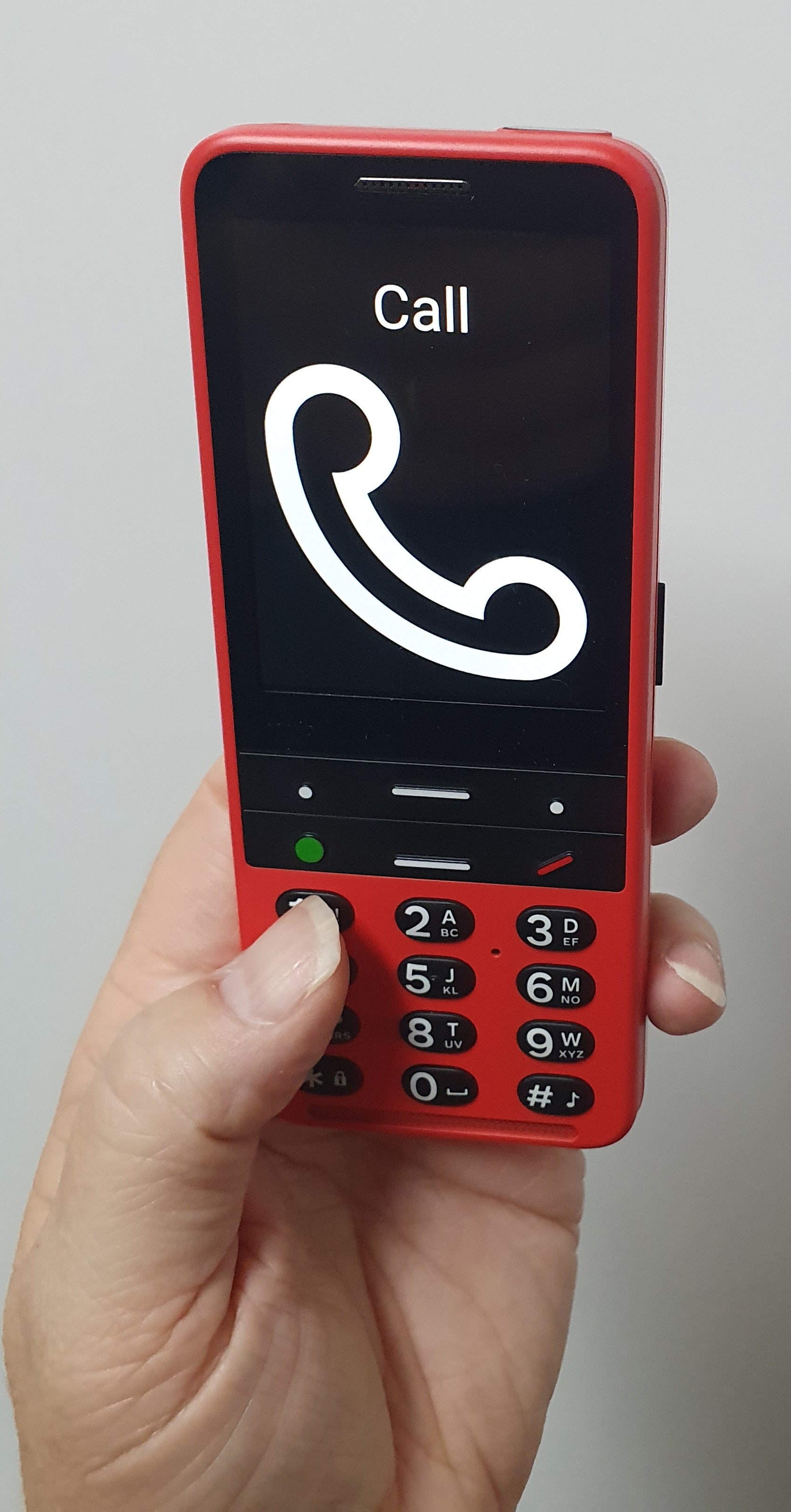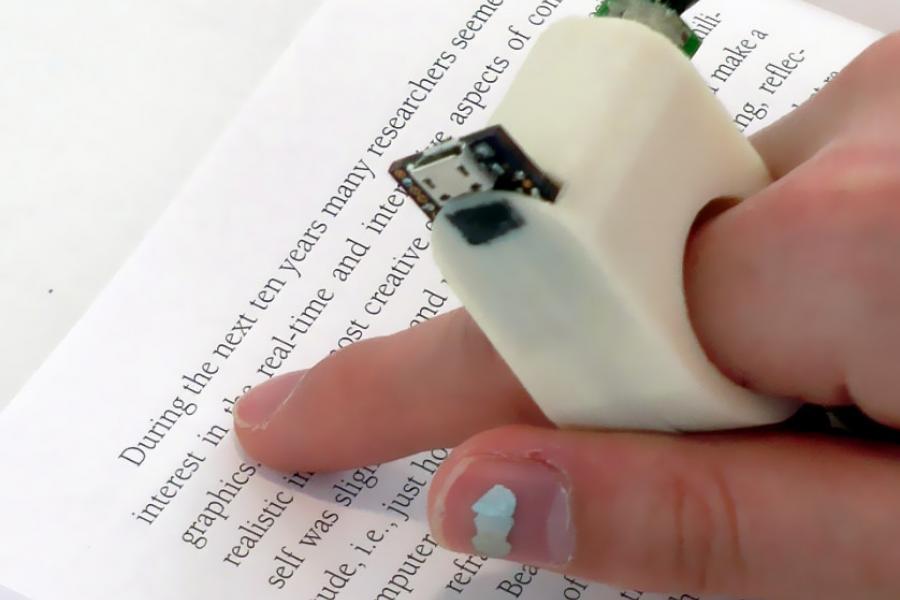Wearable Technology for Low Vision: Making Daily Life Easier
Wiki Article
Empowering Freedom With Assistive Technology for the Blind
The assimilation of assistive innovation right into the lives of individuals with visual problems represents a considerable development in advertising freedom and self-sufficiency. From innovative screen readers to innovative smart canes, these devices not only boost day-to-day navigation and communication however likewise empower individuals to engage meaningfully in various elements of life. As we check out the myriad advantages and real-world applications of these modern technologies, it becomes important to examine the hidden aspects that add to their performance and the potential for future developments in this crucial field.Introduction of Assistive Technology

The advancement of assistive innovation is grounded in principles of inclusivity and empowerment. Advancements in software application, hardware, and sensory enhancements give customers with options tailored to their specific demands. From screen readers that transform text to speech, to responsive tools that communicate information through touch, these tools transform the method people engage with their surroundings.
In enhancement to sensible applications, assistive technology fosters higher social addition and involvement in numerous fields, consisting of education and learning and employment (OCR devices for the blind). As r & d remain to develop, the capacity for assistive modern technology to further enhance the lives of aesthetically damaged people continues to be appealing, paving the way for an extra fair culture where every person can grow
Types of Assistive Gadgets
A selection of assistive devices have actually arised to support people with visual disabilities, each developed to meet details demands and enhance everyday performance. These tools vary from low-tech services to modern technologies, providing varied alternatives for customers.Low-tech gadgets include magnifiers and large-print materials that help in reading and writing. Braille devices, such as Braille styluses and slates, allow responsive analysis and communication. Orientation and flexibility help, like white walking canes, aid individuals navigate their setting securely.
On the greater end of the range, digital zoom systems and display readers provide considerable support. Electronic magnifiers allow individuals to expand message and pictures on screens, while display visitors convert electronic content into manufactured speech, promoting access to information on smart devices and computers.
Smart device applications additionally play an essential role, offering functions like message recognition and navigating aid. Wearable innovation, such as wise glasses geared up with enhanced reality, is arising as an appealing tool to boost situational awareness.
Advantages of Assistive Modern Technology
The combination of assistive innovation dramatically improves the top quality of life for people with visual impairments. These innovations equip customers Our site by advertising self-reliance, allowing them to navigate their environments better and execute daily jobs with higher ease. For circumstances, screen visitors and magnification software program allow individuals to find out accessibility electronic details, fostering academic and specialist chances that might have formerly been out of reach.Moreover, assistive tools such as smart canes and general practitioners applications supply real-time navigating assistance, boosting wheelchair and security. This increased freedom not just boosts self-worth but likewise urges social involvement, permitting customers to take part even more totally in their areas.
Assistive modern technology also facilitates communication, helping customers get in touch with others with voice acknowledgment and text-to-speech applications. This ability is crucial for keeping relationships and accessing vital details.
In addition, the personalization alternatives readily available with numerous assistive modern technologies make certain that customers can tailor gadgets to their details demands, further improving use and efficiency. On the whole, the benefits of assistive technology for people with aesthetic impairments are profound, advertising a more comprehensive society where everybody can seek their objectives and ambitions.
Case Research Studies and Success Stories
Highlighting the transformative impact of assistive technology, various instance studies highlight how people with visual impairments have efficiently integrated these devices into their day-to-days live. One compelling instance includes an university student who utilized display analysis software application to navigate online sources and scholastic products successfully. This innovation not just promoted her education and learning however likewise improved her self-confidence in taking part in conversations and team tasks.One more situation study includes an expert who utilizes a smart device application created for navigation and things acknowledgment. By using this application, he has restored freedom in both his individual and workplace, enabling him to commute independently and engage with coworkers much more efficiently.
Furthermore, a retired person check it out shared her experience with braille e-readers, which enabled her to access a vast array of literary works and remain gotten in touch with her neighborhood with book clubs.
These success stories emphasize the important function of assistive technology in cultivating self-reliance, enhancing lifestyle, and promoting social integration for individuals with aesthetic disabilities (Braille displays and notetakers). By welcoming these ingenious tools, users can get rid of challenges and seize chances that add to their individual and specialist fulfillment

Future Patterns in Assistive Innovation
Technology in assistive innovation is positioned to redefine the landscape of support for people with aesthetic problems. Arising patterns emphasize the integration of fabricated intelligence (AI) and machine learning, which enhance the performance of tools that aid with navigation and information accessibility. AI-driven applications are currently capable of interpreting visual information in real-time, making it possible for customers to involve with their environment extra individually.Moreover, the development of wearable innovation is advancing swiftly. Smart glasses equipped with enhanced truth (AR) can offer audio descriptions of surroundings, transforming just how customers interact with public spaces. These tools not just advertise freedom but additionally foster social inclusion.
In Addition, the Web of Things (IoT) is making homes smarter, enabling seamless connection in between everyday appliances and assistive tools. This connectivity empowers individuals by allowing voice-activated controls and computerized feedbacks tailored to specific requirements.
Final Thought
Finally, assistive innovation plays a pivotal function in empowering people with aesthetic problems by enhancing their freedom and involvement with their environments. The varied variety of gadgets and applications readily available not just helps with navigation and communication but likewise advertises social integration and chances for specialist and personal development. As developments continue in this area, the potential for enhancing the top quality of life for those with aesthetic impairments will certainly expand, fostering better autonomy and empowerment.
Report this wiki page